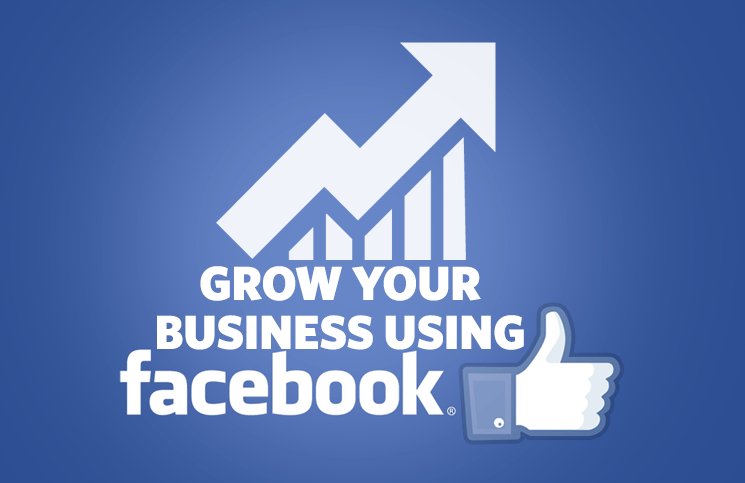If you own a small business, you should take advantage of all the free advertising on social media. Why? There are now nearly 5 billion active social media users—more than twice as many as there were just five years ago. They spend an average more than 2 hours and 30 minutes on social channels every single day. Ever notice people waiting anywhere. What are they doing? Looking at their phone. Chances are they are checking their social media pages.
Social Media Builds Awareness, Adds New Business, Engages with Customers
Here’s how you can take full advantage of this tremendous source of online prospects:
1) Create a social media plan upfront for your specific business goals. Determine which social media channels would be most beneficial for your company. Also check out your competition. You can use different social channels to reach different audiences or business goals. It is a good idea to speak with customers and find out which social channels they frequent.
2) One of the major benefits of social media is the ability to target audiences. For example, Instagram for younger adults, Facebook for older adults, LinkedIn for business contacts and TikTok for the younger generation. After choosing the best social channels, research the best topics to post and the most popular hashtags to include in your posts.
3) Consistently post content on all your social media channels to stay relevant. Your posts should include valuable information related to your niche, special offers & services, etc.
4) Use social media to learn what is being said about your brand, your competitors, and your industry by monitoring searches in each social media channel.
5) In addition to finding conversations, you can utilize social streams as a powerful content curation tool. Use them with appropriate keywords and hashtags to source great third-party content that adds to informative posts created in-house.
6) Offer variety in your content. In other words, do not just post things to sell. Mix it up by also posting valuable information, images of staffers & events happening in your business and videos (not too long – no more than 2 minutes).
7) Always include 2 or 3 high volume hashtags relevant to your post. This will help people find your posts when conducting a search for a specific product or service.
8) Instead of just selling products, tell a story. We all like to connect through stories. It creates an emotional attachment with your audience. Stories also inspire ideas and encourage interaction.
9) Timing is essential for a successful social media strategy. It is important not only to publish high-quality content. Find the ideal posting frequency for integrating a successful marketing strategy. View what your competitors or others in your business category are doing. You may want to do a little bit more as long as the content is valuable and interesting.
10) Treat each social media channel in a unique way. Facebook is a great communication tool to promote specific products & services, special events and ask a lot of questions. Twitter is perfect for real-time news and offers 1-to-1 interactions. YouTube videos are excellent for conveying a lot of information about a topic.
Paid & Organic Social Media Posts – A Powerful Combination
There used to be a time when all your posts were seen by people who followed your social media channel. That’s history. Your “business” posts are seen by about 2 to 5% of your followers. But if your content is popular, your numbers can jump substantially. The other course of action is to purchase paid social media ads, especially on Facebook & Instagram. We have found the combination of organic & paid ads to be quite successful for our clients. You do not have to spend an enormous amount of money either!
As you can see, there are many benefits when utilizing social media in a proper way. Stay in touch with customers & prospects, promote specific products & services you offer, engage with customers and position yourself as a leading authority in your niche. Almost forgot – social media popularity is still considered important by Google when ranking your website. Need I say more?





